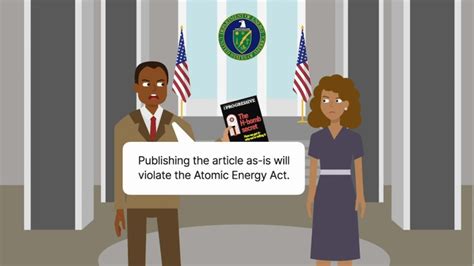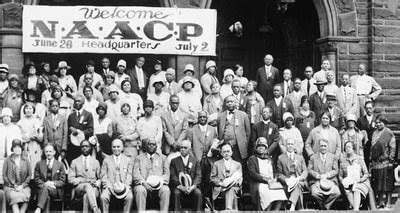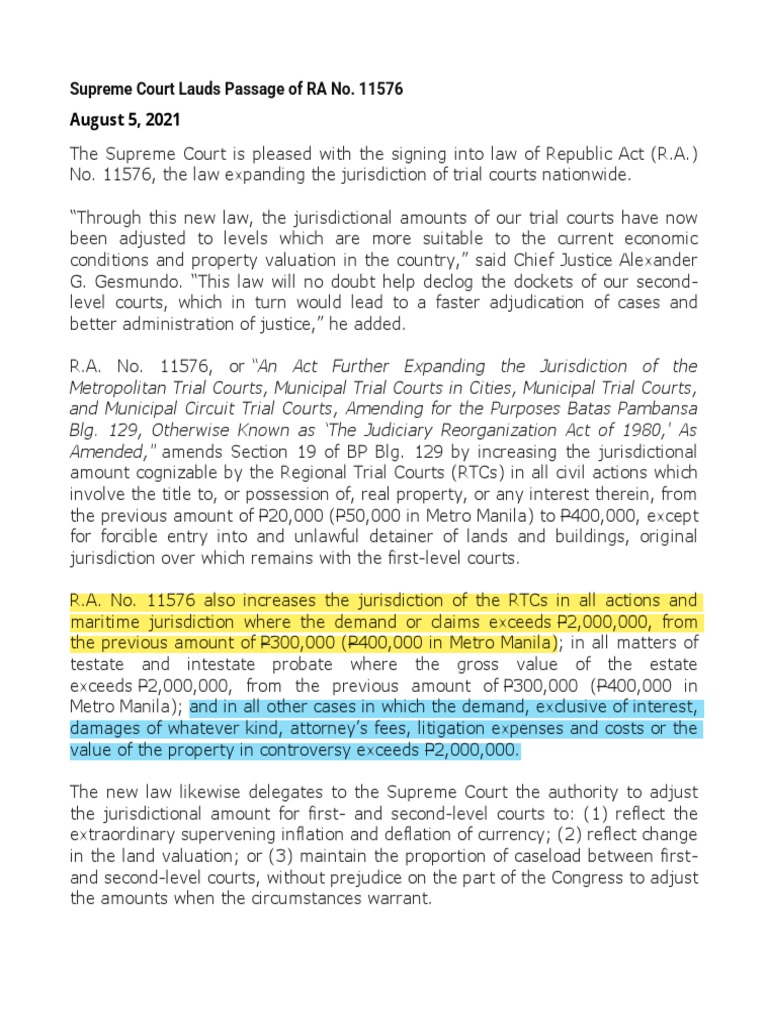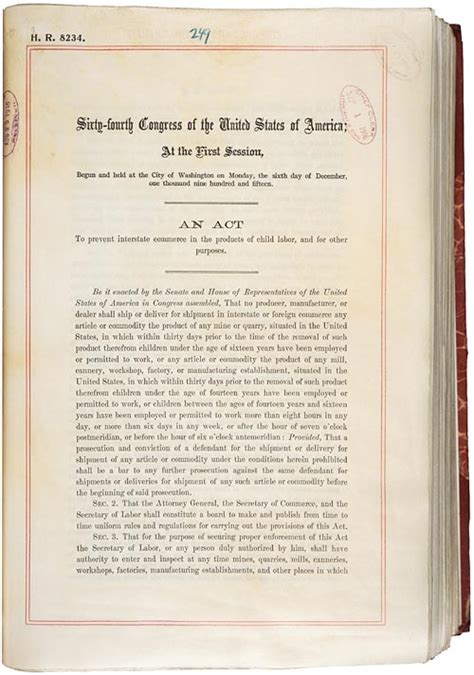United States V The Progressive

The United States versus The Progressive, a landmark case in American judicial history, revolves around the critical issue of prior restraint in the context of national security. The case, formally known as United States v. The Progressive, Inc., took place in 1979 and involved a magazine article titled "The H-Bomb Secret: How We Got It, Why We're Telling It," which detailed the process of creating a hydrogen bomb. The United States government intervened, arguing that the publication of such information would pose a significant threat to national security by potentially aiding other nations in developing nuclear weapons.
The incident began when The Progressive, a left-leaning magazine known for its investigative journalism and critical stance on various aspects of American policy, prepared to publish an article by Howard Morland, a freelance journalist. Morland's piece was not just a speculative overview of the hydrogen bomb but a detailed, step-by-step guide on how such a weapon could be constructed, drawing heavily from publicly available information and declassified documents. The government's concern was not merely the theoretical discussion of nuclear physics but the compilation and presentation of specific, previously unclassified details in a manner that could facilitate the development of nuclear capabilities by entities not yet in possession of such technology.
The Legal Battle

The legal battle commenced when the U.S. government, under the presidency of Jimmy Carter, sought an injunction to prevent the publication of Morland’s article. The government’s primary argument was based on the Atomic Energy Act of 1954, which prohibits the disclosure of “restricted data” concerning nuclear weapons. However, the crux of the matter lay in whether the information compiled by Morland constituted “restricted data” and whether its publication could indeed compromise national security. The case highlighted the tension between the government’s duty to protect national security and the First Amendment rights of the press to publish information, even if it is controversial or potentially sensitive.
Prior Restraint and the First Amendment
The concept of prior restraint, which involves the government’s attempt to prevent the publication of certain information before it is published, is particularly contentious in the context of the First Amendment. The First Amendment guarantees freedom of the press, and the Supreme Court has historically been cautious about government attempts to restrict publication, recognizing that such actions can have a chilling effect on free speech and a free press. In the case of The Progressive, the government’s action was seen by many as a quintessential example of prior restraint, sparking debates about the limits of free speech and the role of the judiciary in balancing national security concerns against constitutional rights.
| Key Legal Principles | Relevance to the Case |
|---|---|
| Prior Restraint | The government's attempt to stop the publication of the article before it was printed. |
| First Amendment | Protects freedom of the press and was central to the magazine's argument against the injunction. |
| Atomic Energy Act of 1954 | The legislation under which the government argued that the information in the article was "restricted data". |

Key Points
- The United States v. The Progressive case centered on the government's attempt to prevent the publication of an article detailing the construction of a hydrogen bomb, citing national security concerns.
- The case highlighted the tension between the First Amendment's protection of free speech and the government's duty to protect national security.
- Prior restraint, as attempted by the government, is subject to strict scrutiny under the First Amendment, with the judiciary historically cautious about such actions.
- The Atomic Energy Act of 1954 was the legal basis for the government's claim that the information in the article constituted "restricted data," though the distinction between classified and unclassified information was central to the debate.
- The case ultimately settled without a final judicial ruling on the merits, as the information became publicly available through other sources, rendering the government's injunction moot.
The outcome of the case was somewhat anticlimactic, as the information in question became publicly available through other sources, rendering the government's efforts to suppress the article moot. Despite this, United States v. The Progressive remains a significant case study in the ongoing debate about the balance between national security and freedom of the press, illustrating the challenges faced by the judiciary in adjudicating cases where these competing interests collide.
Implications and Legacy

The implications of the case extend beyond the specific circumstances of The Progressive magazine. It underscores the principle that while national security is a paramount concern, it must be balanced against the fundamental rights guaranteed by the Constitution. The judiciary’s role in this balance is critical, as it must navigate the complexities of each case to ensure that the government’s actions are both necessary and proportionate to the threat posed. This case, along with others like the Pentagon Papers case (New York Times Co. v. United States, 1971), has contributed to the evolving jurisprudence on prior restraint and national security, shaping the legal landscape for future challenges to freedom of the press.
Future Challenges
As the world becomes increasingly interconnected and the dissemination of information more rapid, the challenges to balancing national security with press freedom will only intensify. The advent of digital media and the internet has exponentially increased the speed and reach of information, posing new challenges for governments seeking to control sensitive information. The legacy of United States v. The Progressive serves as a reminder of the importance of judicial oversight in ensuring that government actions, particularly those involving prior restraint, are subjected to rigorous scrutiny to protect the principles of free speech and a free press.
What was the central issue in the United States v. The Progressive case?
+The central issue was the government's attempt to prevent the publication of an article detailing how to construct a hydrogen bomb, citing national security concerns and the potential for prior restraint.
How did the case relate to the First Amendment?
+The case involved a direct conflict between the government's desire to protect national security and the First Amendment's guarantee of freedom of the press, highlighting the tension between these two interests.
What was the outcome of the case?
+The case ultimately became moot as the information in question became publicly available through other sources, thereby rendering the government's injunction unnecessary.
In conclusion, the United States v. The Progressive case stands as a pivotal moment in the ongoing discussion about the limits of government power to restrict information in the name of national security. It underscores the critical role of the judiciary in ensuring that such actions are constitutional and do not unduly infringe upon the rights of a free press. As the global landscape continues to evolve, the principles established and debated in this case will remain essential in guiding future legal and political deliberations on the delicate balance between security and liberty.



